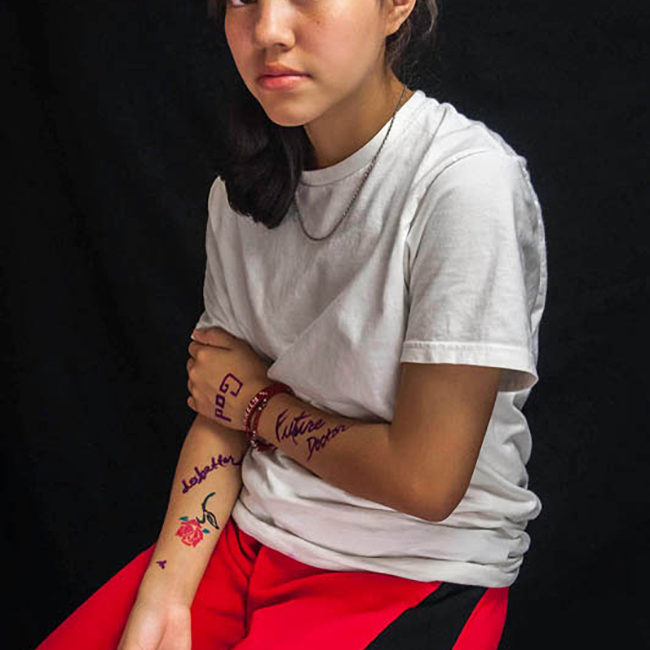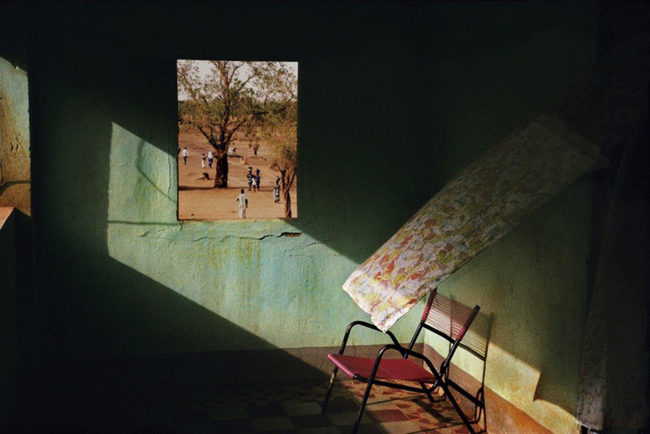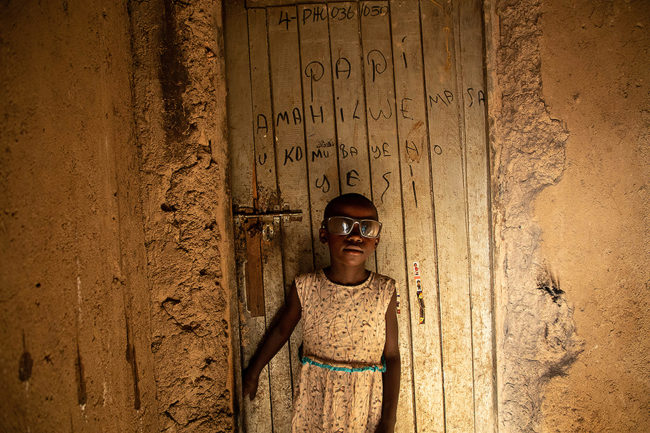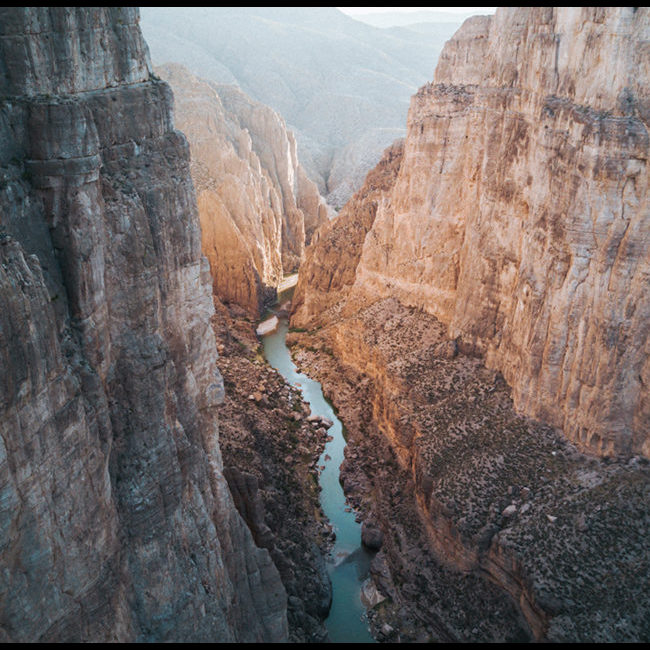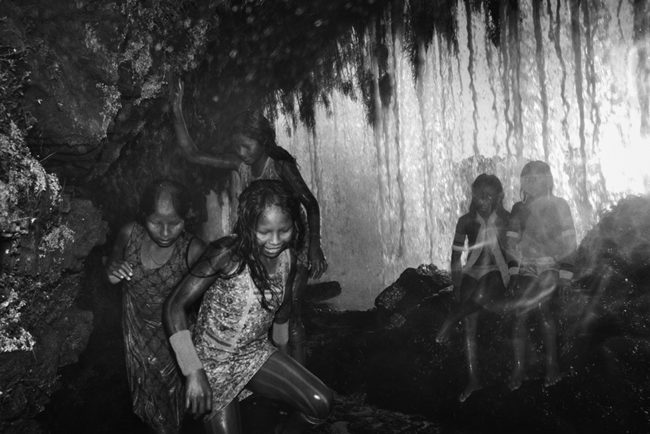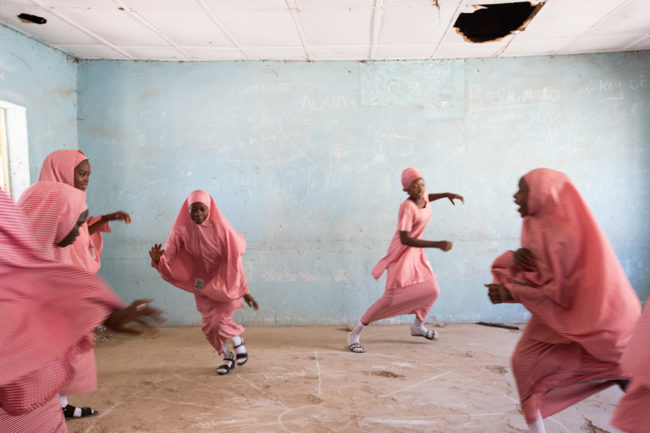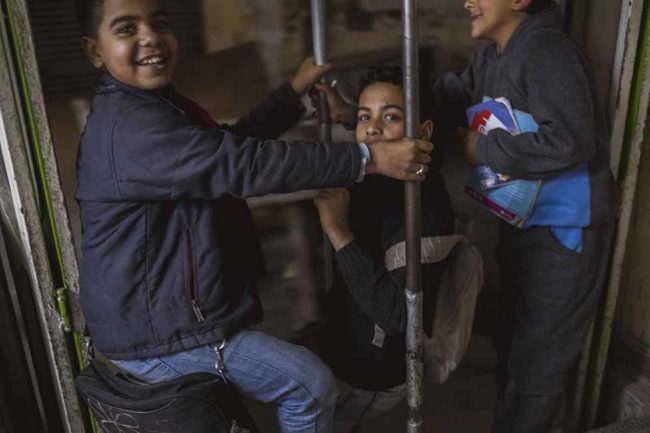“In a post-apocalyptic world on the other side of the moon—its territory undefined, population unknown and toxicity level suspect—men have been transformed into heroic figures returning home to their forgotten kingdoms. Documentation of daily life reveals their psychological fragility and resilience, coexisting and colliding towards an uncertain fate.”
Photographer Nicole Kouri is a recent graduate of the the International Center of Photography (ICP). Before attending ICP, Kouri was a research coordinator in the Psychiatry Department at New York University Medical Center where she conducted behavioral and neuroimaging studies with veterans experiencing post-traumatic stress disorder (PTSD). In contrast to her work in research and clinical environments—where individuals are diagnosed and their psychology classified—she now creatively portrays the ambiguity of the human psyche through photography and mixed media. Kouri believes that “the human mind wavers precariously between the real and the imagined.” PDN talked to Kouri about “I Live in a Mansion on the Other Side of the Moon,” her series that “embraces the uncertainty of reality and the certainty of fantasy.”
PDN: What inspired the series “I Live in a Mansion on the Other Side of the Moon”?
Nicole Arja Kouri: I was listening to an interview on a walk home one day and a musician described a song lyric she had written; it went something like, “I live in a mansion on the other side of the moon.” I started to ask myself, what would that look like? Who would live there? I wrote the lyric down and left the questions unanswered for a while. Then one day in April I was at the beach with a friend. It was too warm for April so there was a clash of styles. People were either in bikinis embracing the unseasonable heat or layered for a cold day, determined to keep with tradition. I took two photographs of men living these extremes and realized then that this was my moon, and that I had just encountered the first two inhabitants of the mansion on the other side of it.
PDN: How did you conceive of, plan, and execute the images?
NAK: Most images are serendipitous. There is one in which I instructed the model, but for the most part, I am determined to build this world through pseudo-documentary practices. After that day on the beach I just told you about, I began to actively search for evidence of this mansion on the other side of the moon in real life. I returned to the beach, but also ventured to other areas, Atlanta, Georgia included. Eventually I found myself creating an imaginary world within the folds of my daily life. The nature of it, including its inhabitants, history, and geography became clearer and I became a more discriminating documentarian. I should say that although the world I’m creating has roots in the one we all live in, I am also its architect. Therefore, I will remove evidence of our world (such as geographical markers) that I feel does not belong to the mansion on the other side of the moon either at the time the photograph is taken or in post-production.
PDN: What do you hope viewers take away from your work?
NAK: This project is an attempt to better understand reality, through fantasy, the fantasy being a post-apocalyptic, dystopian society that exists on the other side of the moon. At first the viewer may feel unsettled by the wildness of the physical and psychological landscapes within each frame, but I want this discomfort to be motivated by the fact that this seemingly foreign world is strangely familiar.
PDN: Is the project ongoing?
NAK: Yes, there are so many unanswered questions at this point. For example, are there women in this world? At the moment, I have only found men, surviving in isolation. Also, what is the fate of this world? Is the atmosphere toxic? Are the men trying to rebuild their kingdoms or simply scavenging for what food remains? I’m still drawing the map and until its finished, the project is incomplete.
PDN: Just to be sure I’m understanding correctly, the men have returned to Earth from a post-apocalyptic world on the other side of the moon?
NAK: The title is more referential than that. This world exists in parallel to the one we live in. The men are returning to a post-apocalyptic world that is only like Earth. When I say, on the other side of the moon, it is purposefully vague.
PDN: What has been the biggest challenge of creating this series?
NAK: I think the biggest challenge will be to know and accept when the series is complete.
PDN: What else do you want viewers to know about this series?
NAK: I think from books, movies, and culture in general, an apocalypse is conceived of as The End, complete destruction and chaos. I want this project to challenge that visual by documenting the quieter moments post-apocalypse, where survivors are simultaneously fragile and resilient. The air may be toxic, but people are still breathing.
Follow Kouri on Instagram.
—Sarah Stacke
Related:
Space is not the Final Frontier
Experimental Japan
Viva El Spaceman
